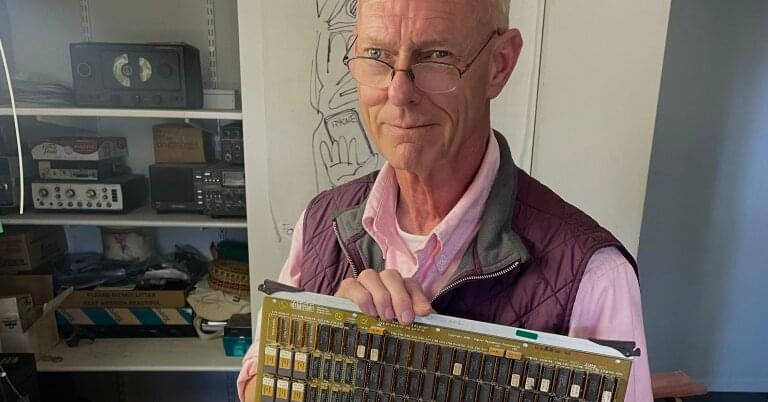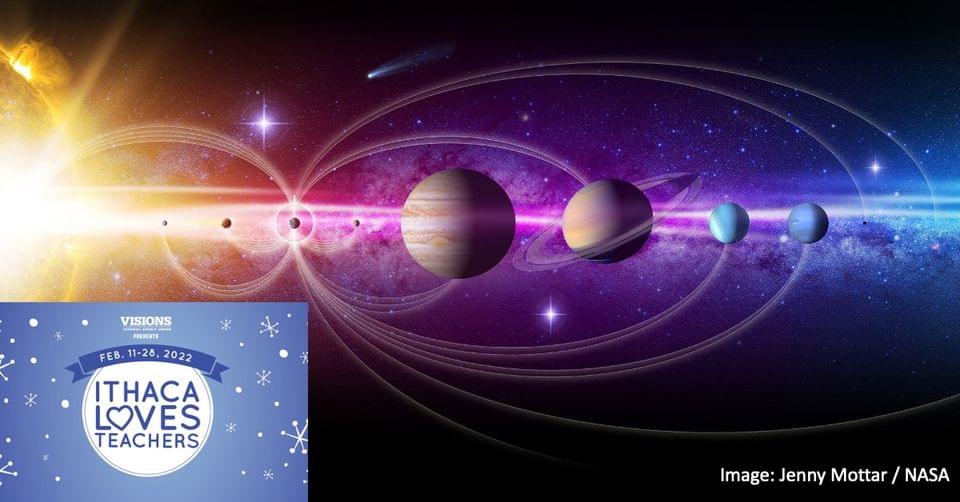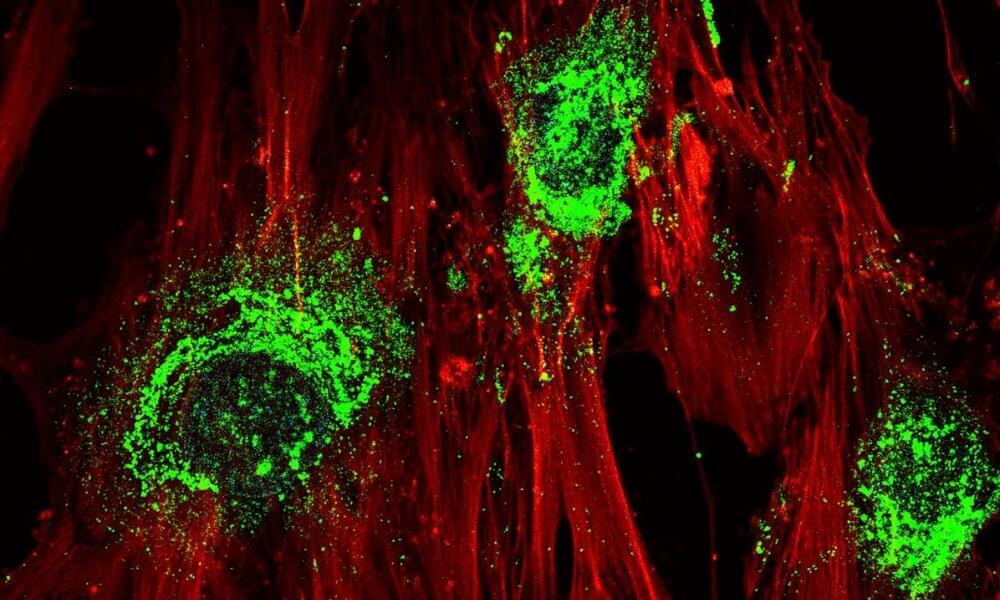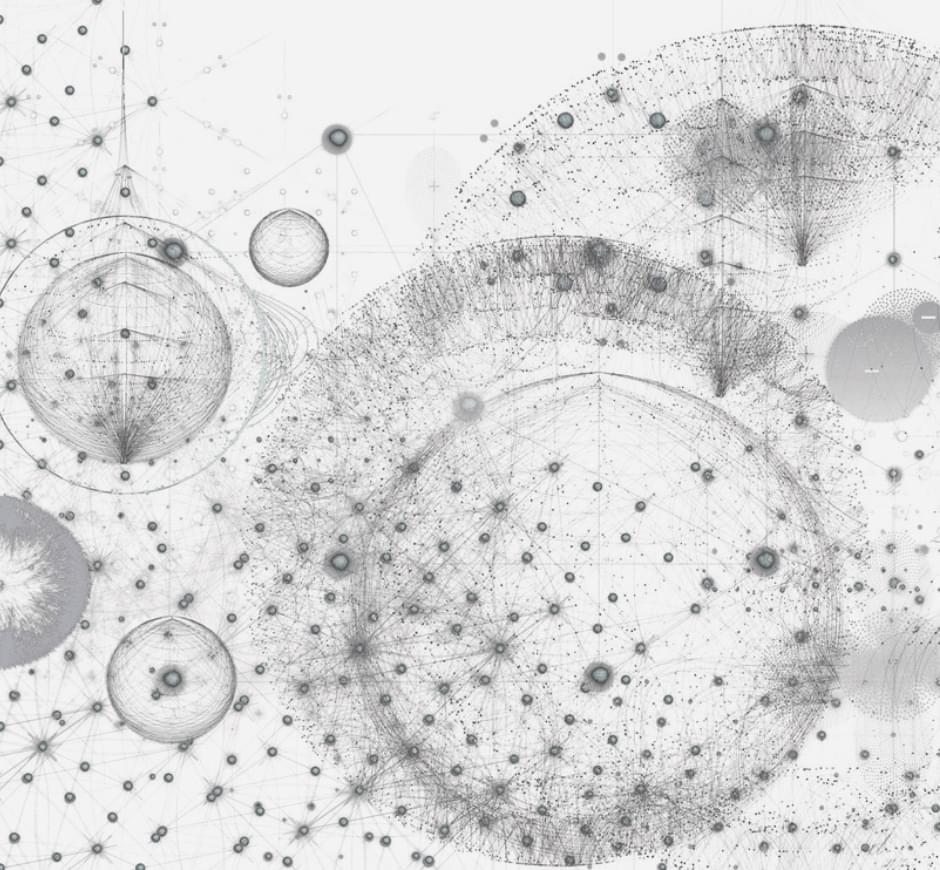The facility near Oxford will be 70% to commercial scale and should be operational by 2025.





A major breakthrough in quantum sensing technology is being described as an “Edison moment” that could, scientists hope, have wide-reaching implications.
A new study in Nature describes one of the first practical applications of quantum sensing, a heretofore largely theoretical technology that marries quantum physics and the study of Earth’s gravity to peer into the ground below our feet — and the scientists involved in this research think it’s going to be huge.
Known as a quantum gravity gradiometer, this new sensor developed by the University of Birmingham under contract with the United Kingdom’s Ministry of Defense is the first time such a technology has been used outside of a lab. Scientists say it’ll allow them to explore complex underground substructures much more cheaply and efficiently than before.

Mon, Feb 21
Just how big is space, and could we really explore the galaxy with the invention of light-speed engines? To try and make sense of all those HUGE numbers we hear when talking about space, we’ll first create a quick and easy map of the Solar System that shows its true scale. It’s a fun activity for kids and adults of all ages and requires only a blank piece of white paper (letter size), tape, scissors, and some coloring/drawing supplies. Next, we’ll use this map to learn about how we communicate with spacecraft and what it would mean to travel amongst the stars.
Registration: https://cornell.zoom.us/meeting/register/tJYsdeysqjgoH9a7QUoBzPjwWpBXtHAsKosE

Regrowing or replacing bone lost to disease is tricky and often painful. In a new study Australian researchers have found a relatively simple way to induce stem cells to turn into bone cells quickly and efficiently, using high-frequency sound waves.
Stem cells have enormous medical potential in helping to regenerate various tissues in the body, but bone has proven particularly hard to work with. Bone originates from what are known as mesenchymal stem cells (MSCs), which mostly reside in the bone marrow. Collecting these is a painful procedure, then converting them into bone cells is difficult to scale up to useful levels.
But researchers from RMIT have now found a faster and simpler way to induce MSCs to turn into bone cells. Previous studies have suggested that the vibrations from sound waves can induce cell differentiation, but it typically took over a week with mixed results. These experiments have been limited to low frequencies, and it was thought that higher frequencies would have little benefit. So for the new study, the RMIT team investigated these higher frequencies.

Scientists at Case Western Reserve University have developed an inexpensive way to transform an ordinary shirt into an electronic smart shirt—one able to monitor and adjust body temperature or even allow the wearer to apply heat to a sore shoulder or back.
All from a design printed on the fabric of the shirt or any other piece of clothing.
The key to their innovation: A highly conductive ink and simple screen-printing process. The new method results in a waterproof, breathable and highly flexible design that can function as a heating element when powered by a coin-sized battery.

We’ve just taken another step closer to time crystals that can be used for practical applications.
New experimental work has yielded a room-temperature time crystal in a system that is not isolated from its ambient surroundings.
This, the researchers say, paves the way for chip-scale time crystals that can be used in real-world settings, away from expensive laboratory equipment required to keep them running.

